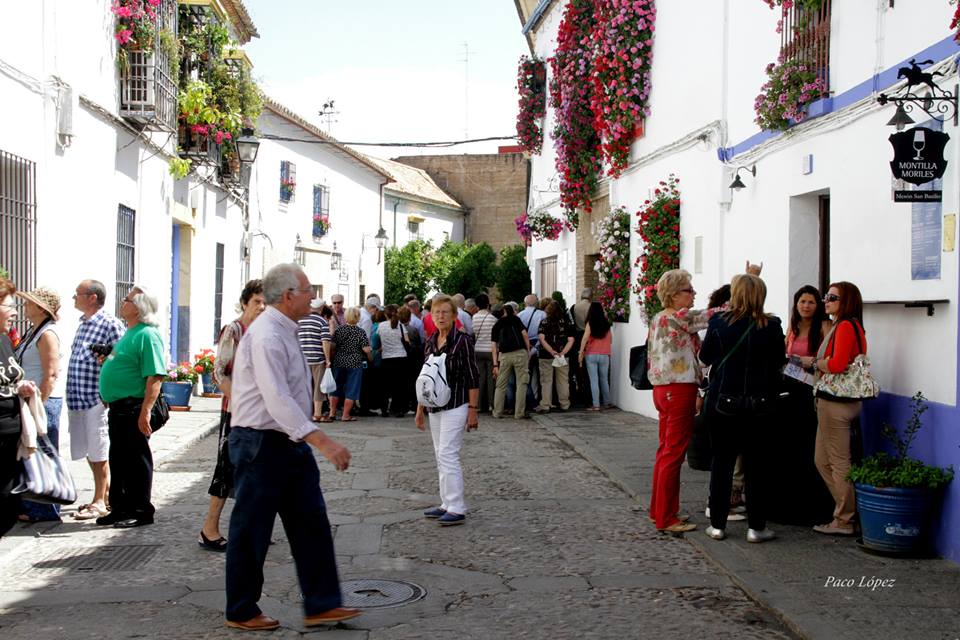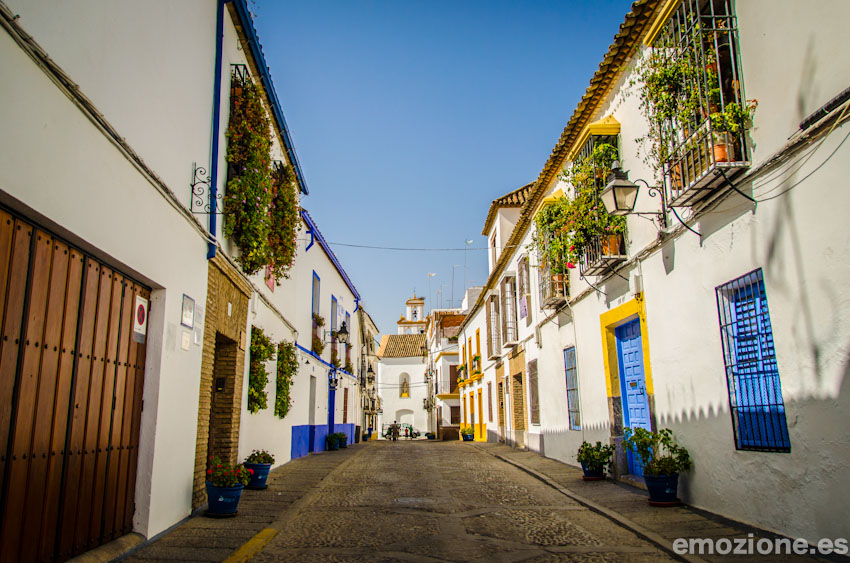

The first date on the Old Alcázar dates back to 1317. At that time there was not yet the famous Alcázar de los Reyes Cristianos, so the old sense can only relate to the existing Muslim palace at the time of the conquest of the city, carried out by the troops of Fernando III Santo, which was located on the site of the current Episcopal palace and San Pelagio seminary, lasting until the end of the first half of the fourteenth century. Accordingly, in Cordoba it was a fortress that, due to their age or their condition, turned out to be old compared to the existing Muslim palace at the time of the conquest. In early 1399, the city council of Cordoba King Henry III requested authorization to repopulate del229285 356631167758711 1660886813 n called Alcázar Viejo, stating that in the solar extensive there was no building. The king accepted the proposal and determined that crossbow crossbow be established (to distinguish them crossbow mace) with their families. Crossbows Alcazar Viejo residents enjoyed special privileges in exchange for help defend the neighboring Alcázar de los Reyes Cristianos. The council project also included a comprehensive program of urban reorganization. The neighborhood consists of 3 main streets arranged parallel: Postrera, Calle de Enmedio and San Basilio; these streets are straight, drawn by line, in sharp contrast to the narrow and sinuous streets of the Medina, indebted to the deepest urban Muslim tradition. Despite be apparent on the streets of the Alcázar Viejo a new concept of urban development, more thoughtful and rational, even their homes preserved great Arab reminiscences, as in the case of the arrangement of the various units, revolving around a central courtyard, and generally in a second floor, hence this is the quintessential neighborhood of Los Patios Cordobeses it stood. On the other hand, he continued to dominate the massive walls of the doorway, and of course, white lime, one of the most characteristic features of the neighborhood today, and what makes it so distinctive. Since the late fourteenth century, the Old Alcazar was occupied by Jewish converts, coming to form a real ghetto. In the middle of the next century, there was an attempt to undo it, but it failed in 1479 after mediation by the Catholic Monarchs themselves. Years later, Jews were transferred to neighboring collación of San Nicolas de la Villa, due to poor sanitation presented by the Alcázar Viejo. The Barrio del Alcazar Viejo belongs to the declared Historical Heritage city of Cordoba area, being a single very different example of late medieval urbanism (Christian), Islamic (Islamic Medina ancient Roman walled city).
Rate us and Write a Review
Address: Calle San Basilio, 14, 14004 Córdoba
Phone: 957 94 18 81
www.depatios.com

0 Reviews